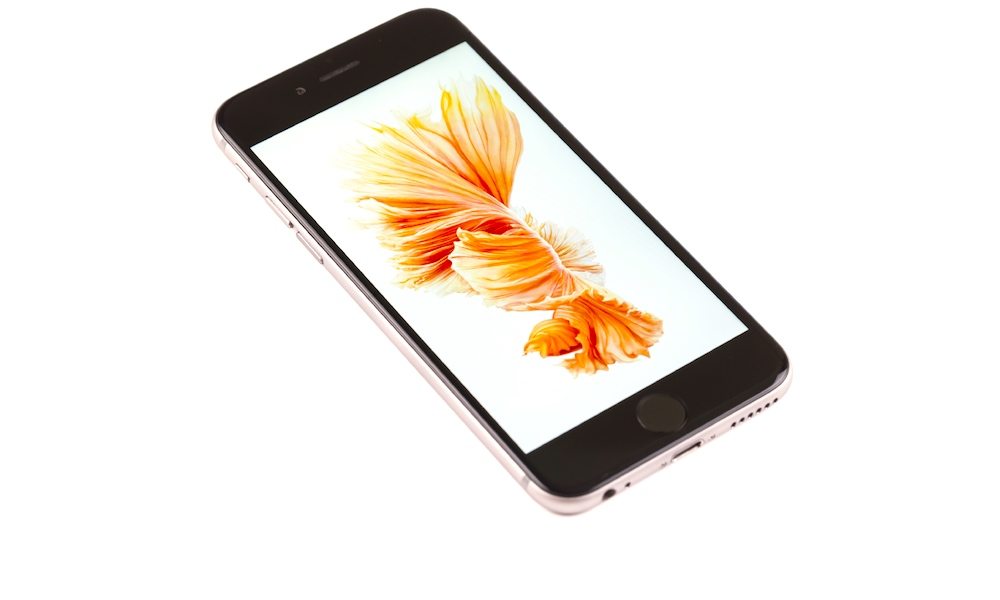Apple to Switch Outdated iPhone LCD Displays to Gorgeous OLED by 2017

Toggle Dark Mode
One of the longest-running rumors surrounding Apple’s iPhone is that it will some day switch its display technology from LCD to OLED. Rumors began when the Apple Watch was introduced, sporting a sleek OLED display – and the rumors intensified when Apple’s Design Chief Jony Ive commented during an interview that the iPhone’s LCD display “feels very old” when compared to the OLED display on the Apple Watch.
Reports from various sources in Japan, Korea, and China claimed in November of last year that Apple was looking to begin the transition to OLED, and that Apple was close to finalizing a deal with Samsung to supply the displays. Well-respected Apple analyst Ming-Chi Kuo claimed near the end of 2015 that Apple would make the full transition to OLED technology by 2019. Now, a new report from The Korean Herald quoted a leading analyst in saying that a variety of suppliers, including Samsung, will look to produce OLED displays for the 2017 iPhone release.
The Korean Herald cited comments made by UBI Research president and lead analyst Lee Choong-hoon at a recent seminar for industry investors, claiming that Apple would tap Samsung and several other suppliers for OLED displays for the 2017 iPhone release, which will either be known as the iPhone 7s or iPhone 8. A rumored deal between Apple and Samsung would have Samsung providing 100 million OLED displays yearly for Apple – 60 percent of the total display units.
LG will reportedly supply 20 to 30 percent of the orders, with the remainder of the displays being provided by Japan Display and Foxconn. Choong-hoon also estimates that Apple will begin introducing curved displays into their iPhone devices, much like Samsung’s Galaxy Edge series of phones. By 2020, Choong-hoon claims that 80 percent of iPhones shipped out will contain curved screens.
Apple has utilized LCD displays since the release of the original iPhone in 2007. And although the company has been slow to transition to OLED technology in their iPhone lineup, OLED displays do offer several theoretical advantages over LCD displays. OLED displays have the ability to produce deeper black levels, as can be seen in the display of the Apple Watch. Better contrast ratios, a wider viewing angle are other advantages, as well as the fact that OLED technology is capable of using less power than LCD technology, which could result in better battery life for phones.
Apple has likely avoided making the transition due to the additional costs associated with OLED displays – however, since many other leading smartphone manufacturers have made the jump to OLED technology, it’s not so much a matter of if Apple will transition over, but when. If the recent reports hold true, that when will likely be next September, in the eventual successor to the upcoming iPhone 7.
Have you noticed the difference between OLED and LCD? Let us know in the comments.
Featured Photo Copyright: guvendemir
[The information provided in this article has NOT been confirmed by Apple and may be speculation. Provided details may not be factual. Take all rumors, tech or otherwise, with a grain of salt.]






